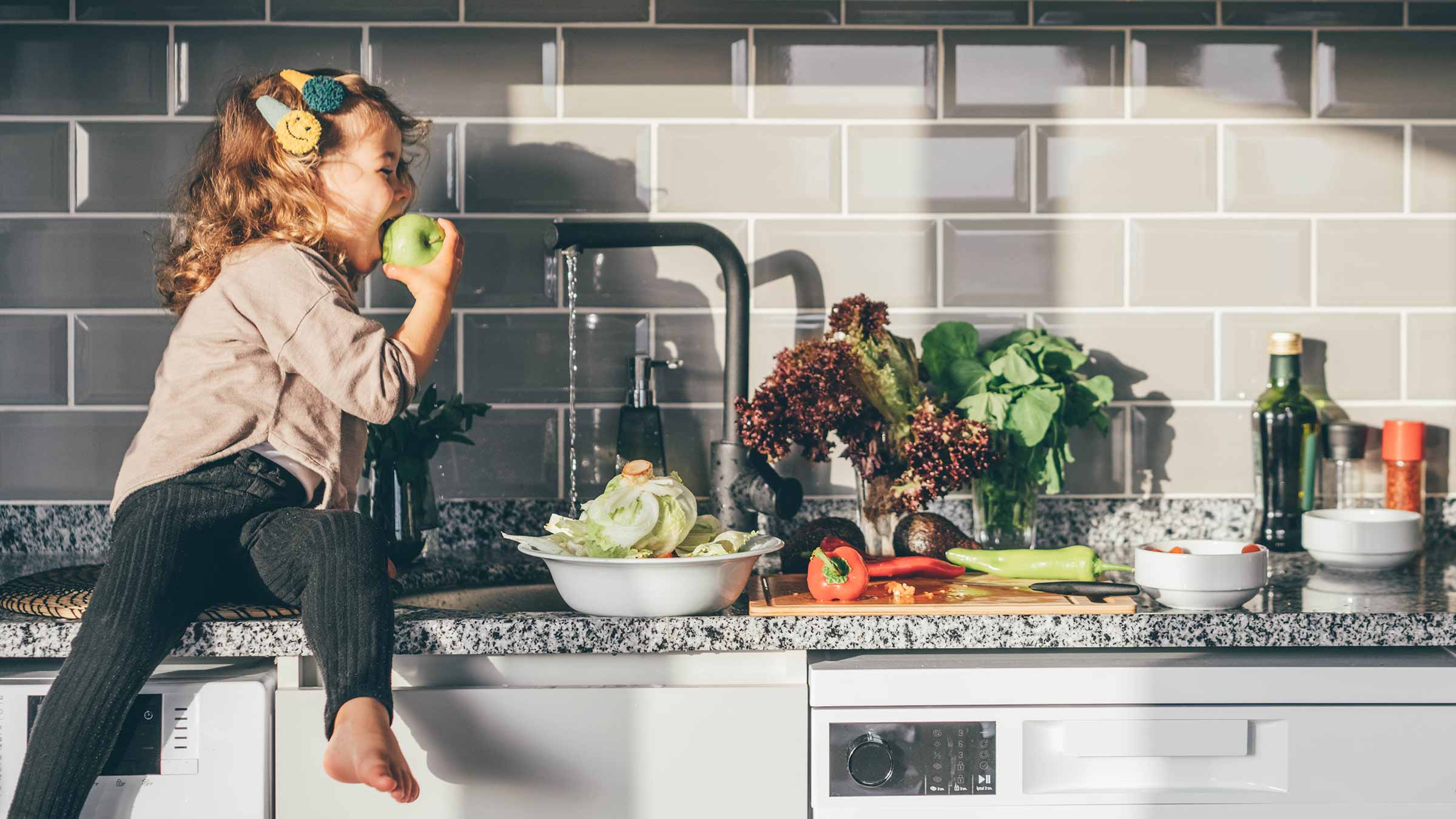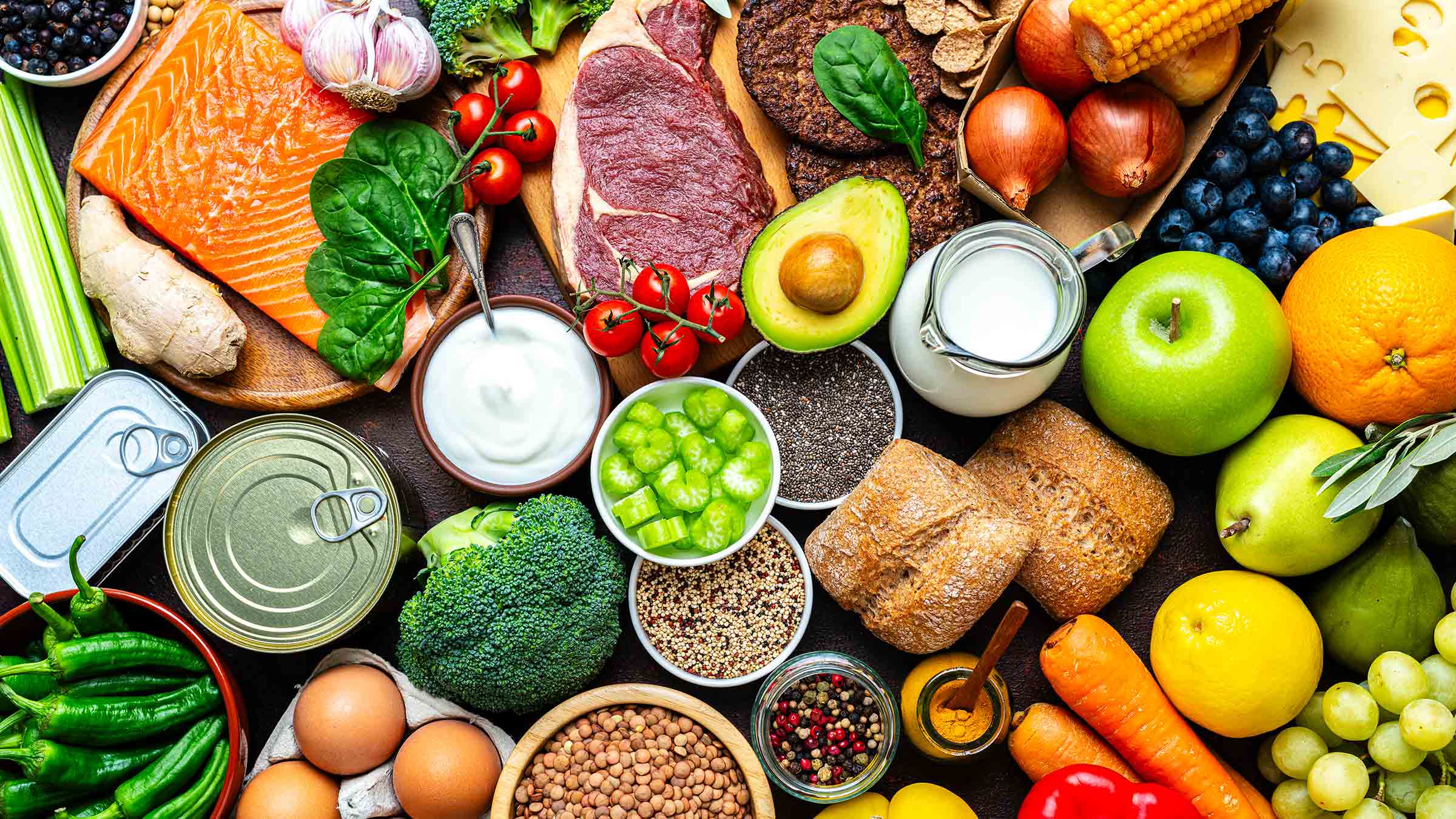
Losing weight can be difficult.
GLP-1 medications such as Ozempic and Trulicity might help if you use the weight-loss drugs along with making changes to your diet and regularly exercising.
If you’re taking a GLP-1 medication, you may need to adjust what you eat and drink to help reduce possible side effects of the medicine: nausea, vomiting, heart burn, bloating and diarrhea. While no foods are completely off-limits based on the medication, there are some diet changes you can aim for.
Foods to limit when taking a GLP-1
Foods that are:
- High in sugar
- Deep fried or greasy
- Spicy
- Acidic
- High in saturated fats, such as red meats and full-fat dairy foods
Along with possibly causing worse side effects, eating a lot of these types of food can also work against your efforts to lose weight. This isn’t to say you can’t have these foods — you can — just don’t indulge in them often or in large portions. It’s all about moderation. As much as people hate that word, it’s important to keep it in mind.
Reduce starchy fruit and veggies
You’ll also want to cut back on starchy fruits and vegetables. Veggies high in starch include potatoes, corn and peas. Starchy fruits include ripe bananas, pineapple and mangoes. Favor fruits and vegetables that are lower in carbs, such as berries, tomatoes, lettuce and broccoli.
Beverages to limit when taking a GLP-1
Avoid drinks with:
- A lot of sugar (juices, soda and full-sugar sports drinks)
- Carbonation (if it seems to cause bloating for you)
- Alcohol
GLP-1s and alcohol can both affect your liver, so it’s better not to drink a lot of alcohol. Water is the best drink you can have. Try to drink at least 64 ounces a day. If you want more options than water, choose a non-caffeinated sugar-free drink or herbal tea.
Best foods to eat on GLP-1
Eat a balanced diet of lean protein, fruits, vegetables and whole grains. Examples of these foods would be grilled or baked chicken, low-fat dairy such as plain yogurt, and fruit and vegetables (e.g., apples, berries, carrots, bell peppers and whole grains such as oats, barley or brown rice).
How GLP-1s work
GLP-1 weight-loss drugs mimic the hormone GLP-1. Your body produces GLP-1 in the small intestine after you eat, to help control your blood sugar levels, digestion and appetite.
When you take any of the GLP-1 weight loss drugs such as Wegovy and Mounjaro, you tend to feel full sooner, so you eat less. Some of my patients on the medications also say they think far less often about food, quieting the nearly-constant “food noise” they had before taking the medication. That can be helpful for those who struggle with emotional eating or binge eating disorder.
Be careful if the volume on the food noise goes down so low while on a GLP-1 that you forget to eat three meals and a couple of snacks a day. If that happens, you can risk becoming malnourished or, if you don’t drink enough water, dehydrated.
Preventing muscle loss while on a GLP-1
Whenever you lose weight, you can lose muscle. To prevent that while taking a GLP-1, try to eat at least 60 grams of protein daily. If you’re trying to build muscle, you’ll want to consume even more protein.
Strength training or weightlifting can also help prevent muscle loss.
Overeating when taking GLP-1
It’s not likely that you’ll overeat while you’re on a GLP-1, because the medicine suppresses your appetite. If you do, you’ll feel more of the side effects — bloating, nausea and possibly vomiting.
Ask your doctor for advice on a GLP-1
If you’re thinking about whether a GLP-1 would work for you, see your health care provider, who can go over the pros and cons and advise you if it’s a good choice. If you do begin taking them, follow up with your provider regularly as well as a dietitian to make sure you’re getting proper nutrition.
GLP-1s typically are prescribed to you if you’re seriously overweight, obese or have type 2 diabetes. If you’re just trying to lose 10 to 20 pounds, GLP-1s could be harmful. Instead, consider other ways to trim down through exercise, behavior and diet changes.
Taking GLP-1s when they’re not needed
Just like any other medication, GLP-1s can be abused. Getting GLP-1s through a source without a prescription from a health care provider could be dangerous. The medication might not be what it says it is, and it may not be good for you.
It can be very concerning, too, if you have an eating disorder such as anorexia, bulimia or orthorexia, and you start on a GLP-1.
A GLP-1, like any other weight loss drug, is not a quick fix to lose and keep off the weight in the long term. If you’re taking a weight-loss medication, consider it one tool to use along with regular exercise and a diet high in fiber and low in saturated fat and sugar. That could allow you to not only lose weight, but to keep off the weight even after you stop using the medication.

Take the first steps to a healthier lifestyle
Ditch the fads and start taking real steps to improving your health with the nutrition and dietary experts from Ohio State.
Start today




